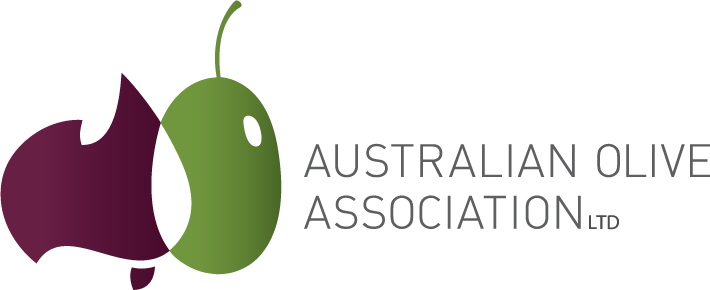New National Diagnostic Protocol for top Xylella vector

(NSW DPIRD Biosecurity Collection, specimen ASCTHE027696). Photo: Pia Scanlon, WA DPIRD.
A new National Diagnostic Protocol (#NDP54) for Meadow Spittlebug (Philaenus spumarius) has been developed and endorsed for use in Australia.
This exotic insect poses a significant biosecurity threat as a vector of the bacterium Xylella fastidiosa, currently #1 on the National Priority Plant Pest (NPPP) list. The protocol supports the detection of this pest, which is critical to minimising the threat of Xylella entering and establishing in Australia.
NDP54 provides an easy-to-use guide to help distinguish Australian spittlebugs from exotic ones, information on molecular methods to aid in pest diagnostics and guidance on field sampling strategies.
Meadow Spittlebug, Xylella fastidiosa and olives
(Ref:National Diagnostic Protocol Meadow Spittlebug (Philaenus spumarius) NDP54 https://www.planthealthaustralia.com.au/wp-content/uploads/2025/07/NDP-54-Meadow-Spittlebug-Philaenus-spumarius-NDP54-V1.pdf)
The Meadow Spittlebug Philaenus spumarius has a host range of over 1000 plant species. Although the feeding damage is typically minor, except in certain crops, serious plant damage is caused through vectoring X. fastidiosa. Philaenus spumarius is in fact the primary vector of all X. fastidiosa subspecies (i.e. pauca, fastidiosa and multiplex), affecting a range of plants, and individuals can harbour multiple X. fastidiosa subspecies at once.
The Meadow Spittlebug has been identified as the dominant insect contributing to the spread of X. fastidiosa across Europe. When first detected in olive groves, Italy spent €13.5 million in six months attempting to contain Xylella, with an economic loss of billions of dollars over the next 50 years in Italy alone caused by Xylella.
Find out more
You can download the NDP54 for Meadow Spittlebug from the Plant Health Australia website here.
The progression and endorsement of this NDP was co-ordinated by Plant Health Australia (PHA), with funding support provided by DAFF under the National Plant Biosecurity Diagnostics Professional Development and Protocols Project. Plant Health Australia’s work is funded by its members, including the Australian Olive Association (Industry Peak Body member) and Hort Innovation (Associate member). A percentage of the annual Olive Levy goes to PHA to support its work.
